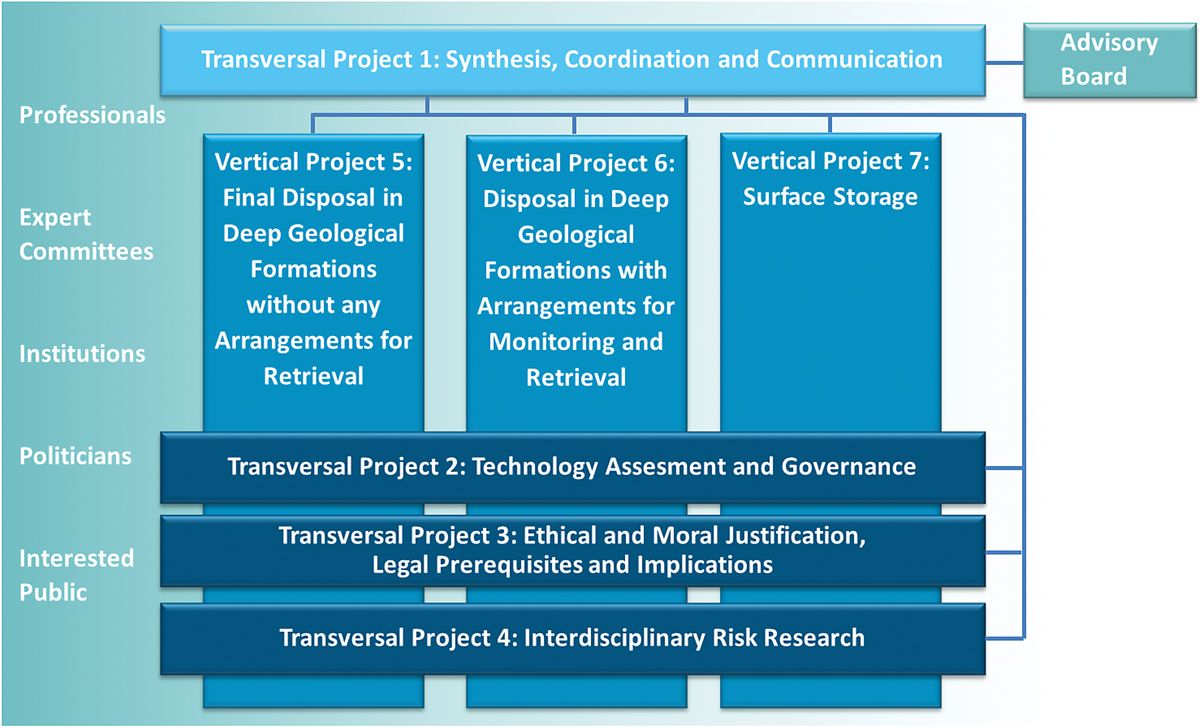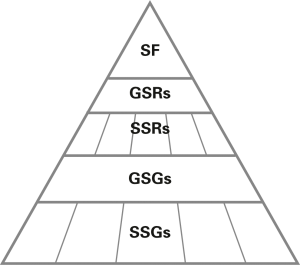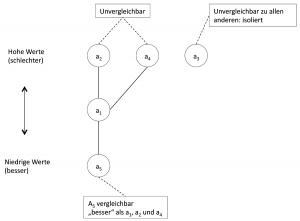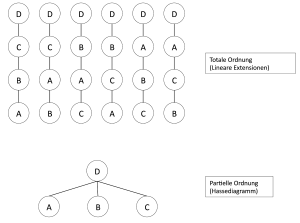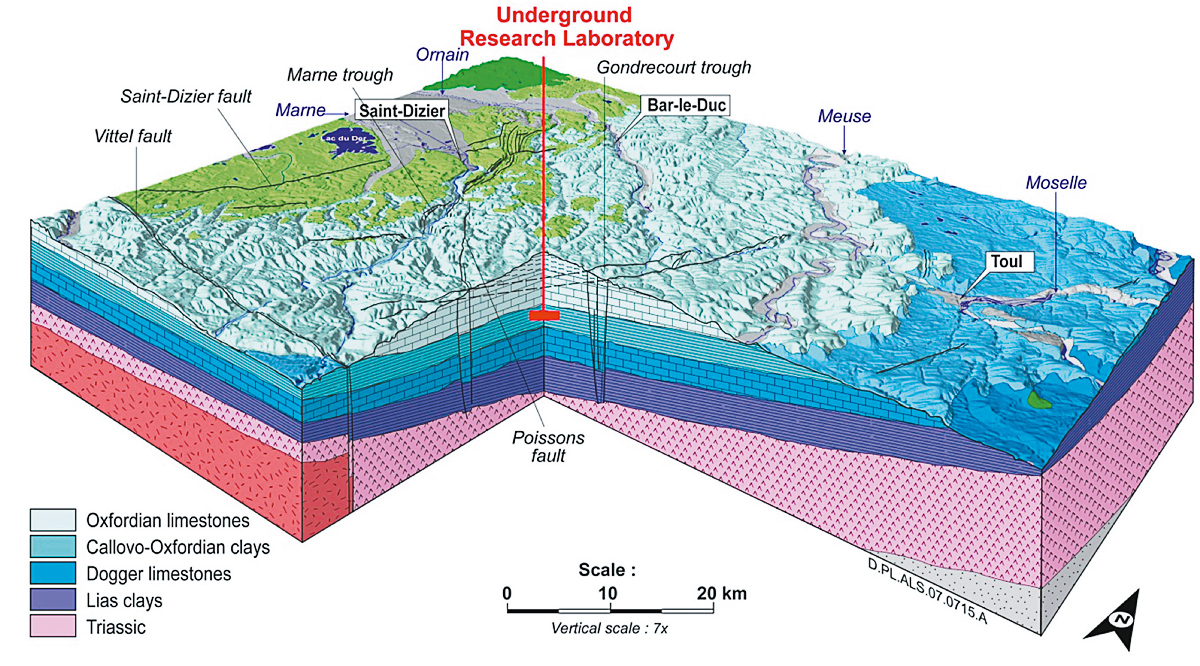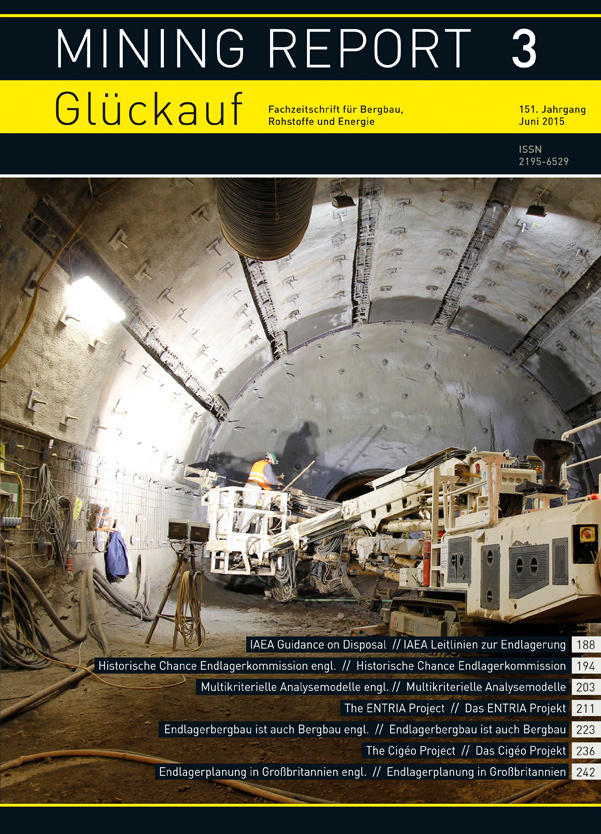
The withdrawal from coal mining and the phasing out of nuclear energy is a watershed for mining and energy production in North Rhine-Westphalia and in Germany as a whole – yet this double withdrawal does not spell the end for the energy sector or for the innovative capacity of this region. Though the exit from nuclear energy will certainly cause problems in some areas, the restructuring process taking place as part of the energy transition will create real opportunities for Germany’s number-one ‘energy state’. Global demand for energy, and more particularly for intelligent and efficient energy production technologies, continues to grow. And it is mining that provides the basis for the energy industry and the expansion and redevelopment of the infrastructure that goes with it.
Mit freundlichem Glückauf,
Dr. Eckehard Büscher, EnergieAgentur NRW

Issue 03/2015
The ENTRIA Project: Selected Disciplinary and Interdisciplinary Research Topics
- Final disposal in deep geological formations without any arrangements for retrieval,
- disposal in deep geological formations with arrangements for monitoring and retrieval, and
- (prolonged) surface (or near-surface) storage.
- Surface storage,
- reference concepts for emplacement in deep geological formations with retrievability and monitoring,
- radiation exposure and justification of measures,
- interdisciplinary perspectives on dose limits,
- comparative studies on nuclear waste governance,
- nuclear waste governance in Switzerland,
- public involvement and the German Site Selection Act, and
- citizens’ jury.
- Final disposal in deep geological formations without any arrangements for retrieval,
- disposal in deep geological formations with arrangements for monitoring and retrieval, and
- (prolonged) surface (or near-surface) storage.
The repository commission: a historic chance to solve an ongoing conflict
Learn moreIAEA guidance on disposal and siting
Learn more
Can multi-criteria analysis models support the site selection for a repository for heat-generating waste?
Disposal facility building also is mining engineering – Germany can tap into this expertise and planning potential
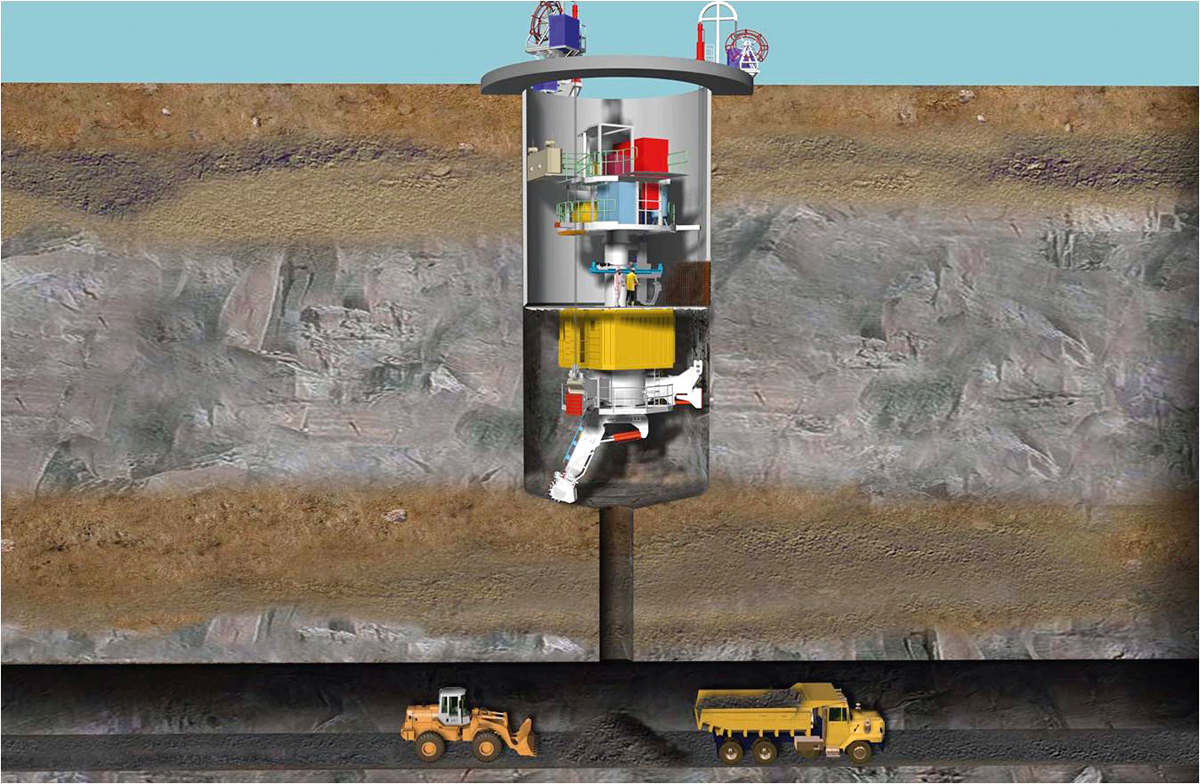
Fig. 1. Shaft sinking with a shaft milling machine.
Bild 1. Beispiel einer Schachtherstellung mit Schachtfräse.
Source/Quelle: Thyssen Schachtbau GmbH

Cigéo: the French deep geological repository for radioactive waste – excavation techniques and technologies tested in underground laboratory and forecasted for the future construction of the project
Learn moreDeep geological repositories in the UK: Current underground planning and competency requirements for waste packaging systems
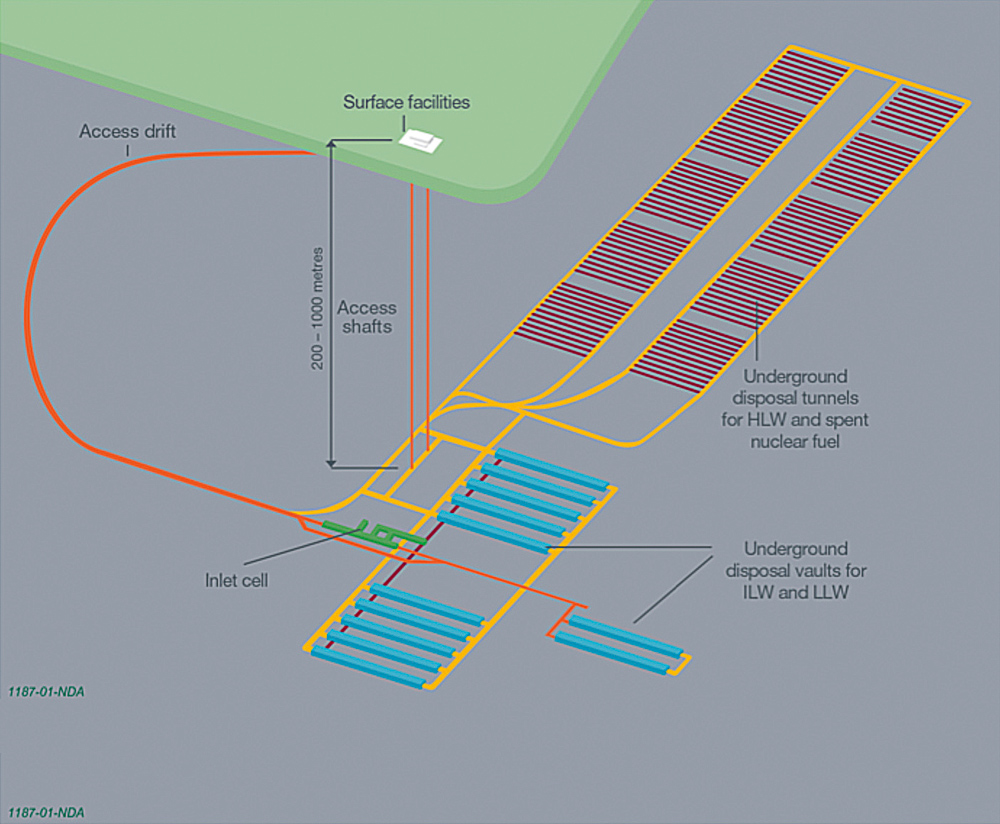
Fig. 1. Proposed layout of a geological disposal facility
Bild 1. Schema eines Endlagers über und unter Tage
Source/Quelle: NDA 2010 (1)
